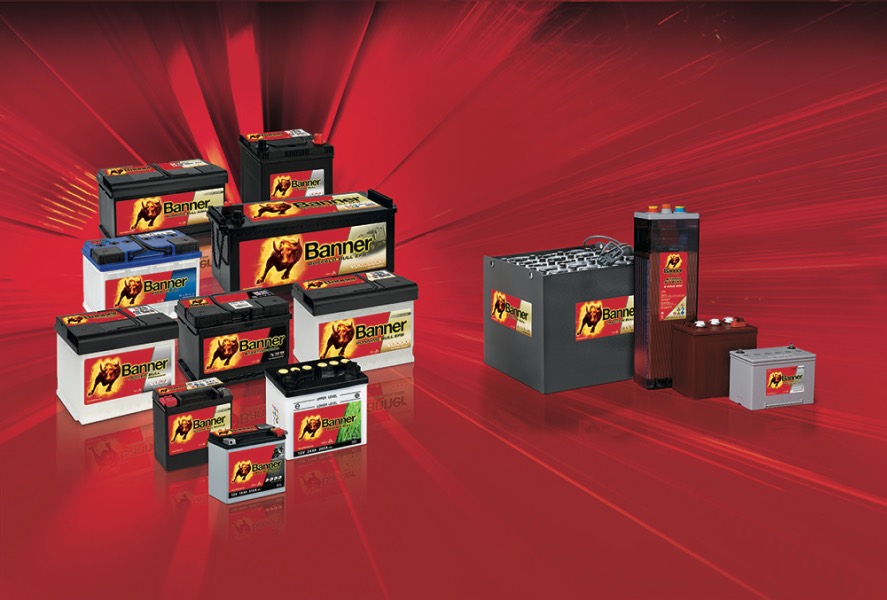Basic Car Maintenance: How to check your tyre pressures
Why should you regularly check your tyre pressures?
Your tyres are an important factor in your stopping and turning capabilities, so its important to keep on top of your tyre pressures! And I’m going to show you how to check and adjust your cars tyre pressures!
Before checking your tyre pressure, you need to make sure your testing the pressures while your tyres are cold because your tyres get hotter while driving and air expands when it gets hot so it will give a higher pressure reading than when cold, which in effect will give you an incorrect reading. So make sure your car has been stood for a good 30 minutes after driving to get an accurate reading.
Locating the correct tyre pressures….
First step, you need to find out what pressure your tyres should be at and you can find this information in your owner’s manual or sometimes they are displayed on either the drivers or passenger door pillar.
Getting a tyre pressure gauge….
Once you know the correct pressure your tyres should be at, you need to grab either a digital or analogue tyre pressure gauge. I have both here and prefer to use this Longacre gauge as I find it gives me a more accurate reading.
Checking the tyre pressure….
Simply take the dust cap off the tyre valve and push your pressure gauge onto the valve and hold. Make sure you have created a tight seal and cannot hear any air leaking from the valve as this will also give you a false reading! Once you have achieved the tight seal, check the reading on your gauge.
Letting air out….
If you have too much pressure, let some air out by pressing the button on the side of the gauge or place your gauge onto the valve, but this time don’t create a seal and let some air pass out the tyre. Keep letting air out until you have the correct pressure reading.
Pumping the tyre up….
If you find your pressures are too low, then you’ll need to get either a foot pump or an electric pump. I prefer to use the electric pump as it is less hard work!! Plug your electric pump into the cigarette lighter and turn on your engine, set the pump to the correct pressure you want and away you go! if you have a foot pump, attach the nozzle onto the tyre valve and get pumping until the needle on the pump gauge reaches the targeted pressure. I always advise checking the pressure after with the gauge just to double make sure you have an accurate reading!
You are done!!!
Once you have the correct reading, twist the cap back on the valve and then repeat the procedure on the other 3 wheels on your car!
Need help checking tyre pressures? Find a mechanic by entering your reg below!
Other Articles

Have you bought a Covid Car? The semiconductor shortages during the COVID-19 pandemic had a significant impact on the automotive industry, leading to several notable changes and omissions in the production of cars. Vehicles built during this period (Covid Cars) often had to forego certain features and technologies that rely heavily on semiconductors. Depending on […]
Have you bought a Covid Car? The semiconductor shortages during the COVID-19 pandemic had a significant impact on the automotive industry, leading to several notable changes and omissions in the production of cars. Vehicles built during this period (Covid Cars) often had to forego certain features and technologies that rely heavily on semiconductors. Depending on […]

Combustion engines require a nearly constant temperature level in order to ensure low-wear, low-emissions operation whilst maintaining efficiency. In addition to the thermostat, the thermal switch critically contributes to temperature regulation. When the appropriate engine operating temperature is reached, this component controls the fan for the cooling circuit to start up, for example. As with […]
Combustion engines require a nearly constant temperature level in order to ensure low-wear, low-emissions operation whilst maintaining efficiency. In addition to the thermostat, the thermal switch critically contributes to temperature regulation. When the appropriate engine operating temperature is reached, this component controls the fan for the cooling circuit to start up, for example. As with […]



